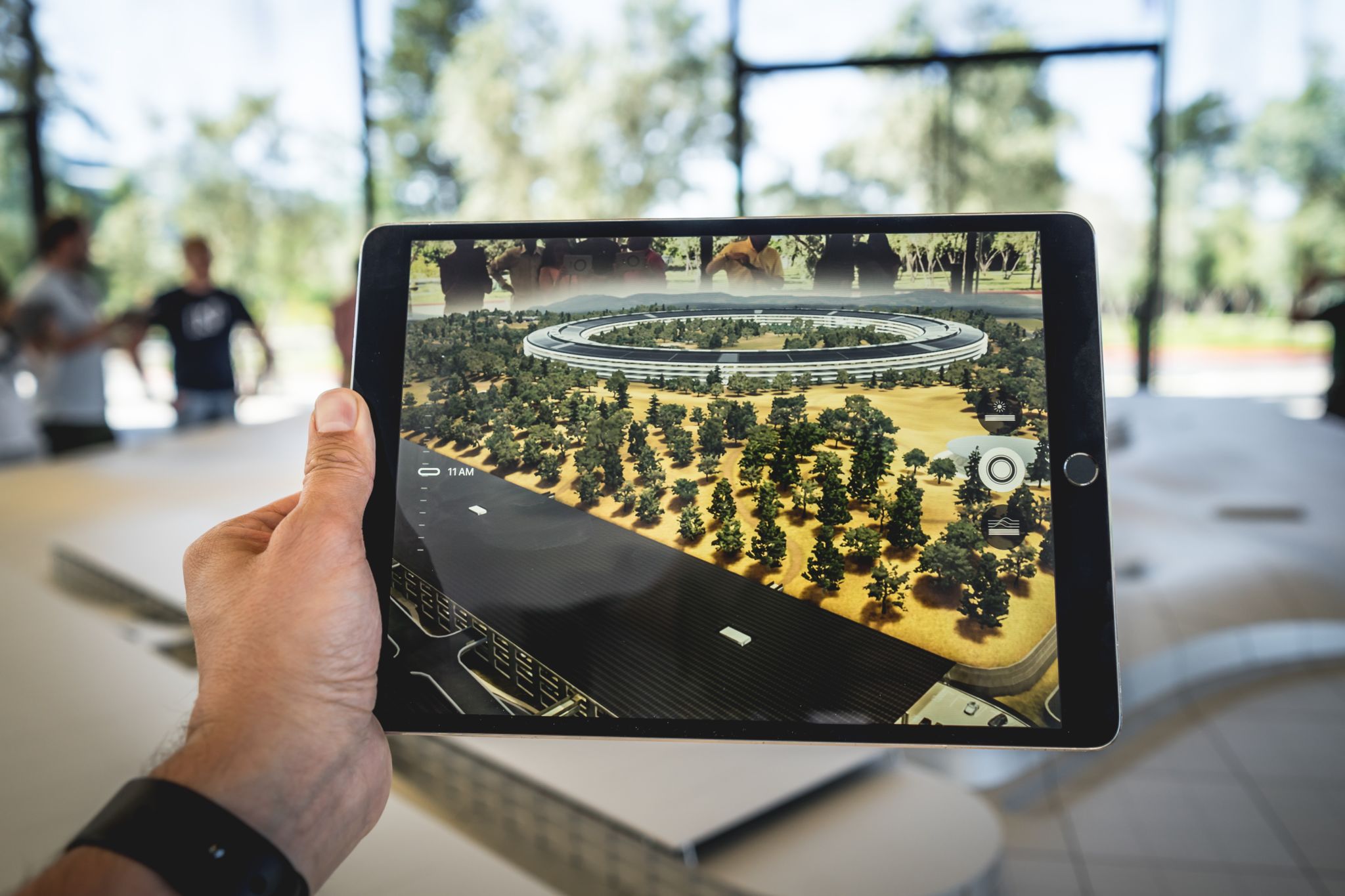More than six months in, people have begun to settle in to the COVID-19 era. Things that were once “impossible” — all-virtual offices, take-out drinks, town meetings over Zoom — are now commonplace. Some of them, we’ve even found, are better than the original version.
Take town meetings: Where we used to have maybe one or two people show up at the school board meetings I chair, and hold them in a room that could maybe accommodate 50 people comfortably, we have had regular Zoom meetings with more than 250 people in attendance to hear about our back-to-school plans. And we have had perfect attendance all spring and summer from the board members. No one has had to miss a meeting due to childcare, or travel, or even sickness!
Virtual is just … better. I suspect we’ll continue virtually for some time after it’s considered “safe” to meet in person again.
And this is 3D’s opportunity. What virtual 3D experiences will continue after this whole pandemic runs its course (whenever that is)? How will 3D data capture capitalize on this opportunity?
Especially with travel being so limited, there’s a huge demand for virtual travel experiences. And for some people, travel is a lot more limited than for others. This press release caught my eye: Glasses-free 3D display technology for nursing homes and rehab facilities. Of course these folks are going to be desperate for virtual experiences! They can barely even go outside! While much of this content is just video that’s then optimized for 3D display, imagine how cool a good fly-through would be for these folks.
Or maybe this kind of fly-through could be optimized for their families and friends so that they know better about the facilities where their loved ones are being housed:
Surely, the work of CyArk could be pushed into these kinds of facilities? For some, they may be despairing that they’ll ever be able to see some of these historical sites. Now they can. How do we make it happen at scale?
Let’s play
Or what about gaming? By at least one study, gaming is up by around 50% in the COVID era, as people stay home and kill time. How do we bring more real-life into gaming? One of my friends tweeted this out, which made me realize that lidar is more into the mainstream than I realized:
Somebody needs to LiDAR Sunday River CC, so we can play that course on PGA 2K21. This is directed to smart people.
— Chris Sedenka (@ChrisSedenka) August 31, 2020
He even got the weird capitalization (which I don’t use) correct! I love “This is directed to smart people.” Of course, someone replied that it had already been airborne surveyed, but that’s not really going to do the job, is it? We need to get a mobile system on that course, STAT. And all the courses!
Especially as VR headsets become more commonplace, there’s going to be increased demand for hyper-realistic gaming experiences. This is a 3D data capture opportunity, especially as the need for accuracy is so much lower than your average civil job, so you might be able to squeak out some increased margins.

GeoSlam’s Matt Teppler scanned this 151-foot-long tourist attraction in Alberta with a Zeb Horizon.
Learning opportunities
Or what about museums? Clearly, their headcount is going to be way down and they’re going to be looking to fulfill their missions increasingly with virtual exhibits and experiences. Just like Marek Coltun was capturing empty New York City spaces back in April, there’s going to be increasing demand for the capture of smaller and smaller objects in these empty spaces, like the work that the Smithsonian has been doing with their massive object gallery.
Heck, even some very large objects, like fake dinosaurs!
Museums have funding. Governments have funding. But they may not know about the possibilities that laser scanning and 3D data capture present. It’s going to take some business development, some web presentation skills, and some creative thinking to bring these virtual experiences to life.
Because just think about how many kids are going to school virtually right now, without any prayer of a field trip. How do we give them something to get excited about? How do we use this time to get them interested in 3D technology, including the methodologies and science behind the capture of physical objects?
I can assure you they’re all in 3D virtual environments all the time, from Fortnite to Minecraft to Call of Duty to Madden. These kids are ripe for 3D data capture; they just need to be inspired.
Looking to the future
Most importantly, we can’t pitch these new opportunities as stop-gap measures. Rather, we have to pitch them as great innovations that we should have created earlier, we just didn’t have the impetus behind us. Just like the school board meetings we’ll keep virtual, there’s no reason why kids shouldn’t have the ability to virtually travel to see the Hermitage in St. Petersburg, no matter where they happen to live in the world.
Whether it’s getting out there and doing more scanning, or simply getting the word out about virtual experiences that already exist and should be capitalized on, now is the time for the 3D data capture community to get the word out — before society “goes back to normal.”






